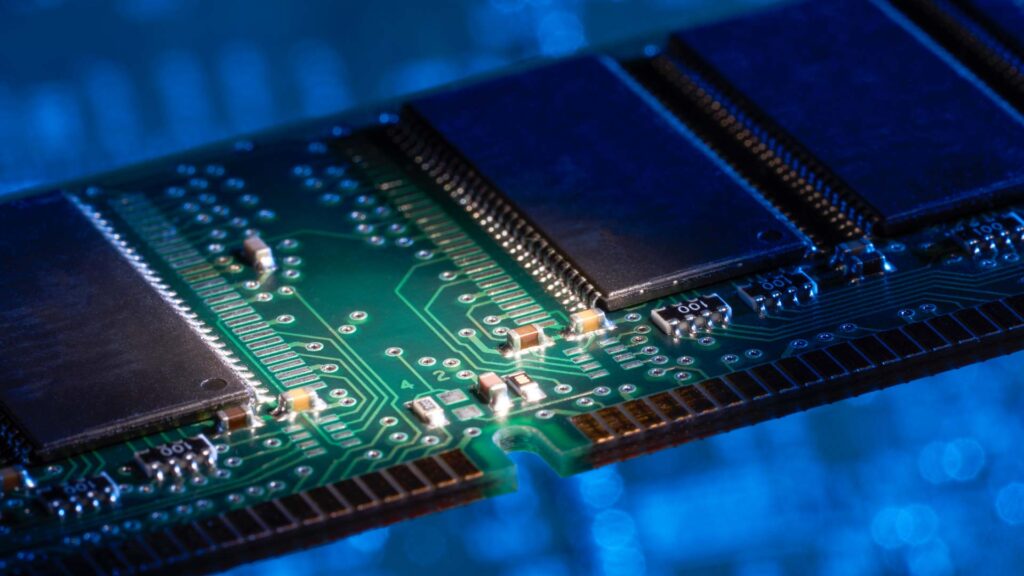Random Access Memory (RAM) is a machine’s short-term memory. RAM is fundamental to computer processing, being a super-fast and temporary data storage space that a computer needs to access right now or in the next few moments. RAM complements your computer’s hard drive (SSD), which stores data long-term or permanently. A construction analogy is that RAM is your workbench workspace where all your work gets done while your hard drive represents your drawers and cabinets in which you store the tools (software) and materials (data) you need to work with and on. No programs, files, or video streams would work without RAM. Every device you use (desktop, laptop, tablet, smartphone, etc.) has RAM storage for the working processes within the machines.
It’s important that machines have enough RAM to function properly. Staying up to date with your business hardware needs goes hand-in-hand with having enough RAM to get the job done. New and updated hardware is being released to the public with more and more RAM to help users access more data at once while maintaining high speeds and efficiency.
Source: Avast
RAM Advice for SMBs and MSPs
4 GB of RAM: If only browsing the web, working with basic Office applications, and maybe some personal photo editing, you’ll be fine with 4 GB of memory.
8 GB of RAM: Heavy multitaskers or light gamers should choose a computer with 8 GB of RAM.
16+ GB of RAM: Some tasks are inherently computing-intensive, such as serious gaming, video editing, and programming. “Enthusiast” users who never want to experience slowdowns will need 16+ GB of RAM to be happy.

